Around this time of year you’re most likely still 'umming' and 'ahhing' about how many layers to put on when going out for a longer run. It's a balancing act to ensure you stay warm, but don't overheat and it can be a tricky one to get right. The ultimate aim is to ensure you're comfortable for the duration of your run, so you can focus your attention on performance and not your attire.
Getting it right requires a system comprised of two or three layers of technical apparel. Layering technical garments is best as each layer will trap pockets of body heat to provide insulation (as opposed to one single thick layer which can only trap a single layer of warmth). Technical apparel is also sweat-wicking and will therefore transport moisture away from the body keeping you dry and warm. Running long distances in a sweat soaked t-shirt, in cold temperatures, will leave you feeling chilly and at worst you'll want to cut your run short to get home and warm as quickly as possible.
When layering you should still be a little chilly when you start your run, however as you begin to warm up you may want to remove layers to avoid overheating.
How many layers and in what temperature?
6-10℃
A long sleeve base layer with running tights or shorts will suffice. How susceptible to the cold you are and the wind chill factor may influence your preference for tights or shorts.
0-5℃
Now is the time to start layering. Wear a base layer and layer over with a looser long sleeve running top. Depending on the wind and the rain you may also wish to wear a waterproof running jacket, ear-muff and gloves.
-1℃ and below
Again start with a base layer and layer over with a looser fitting running top. At these temperatures, complete with a running jacket for a third layer of insulation, a hat and gloves.
What makes technical apparel a necessity for layering?
Base Layers
A tight fitting base layer that is both sweatwicking and breathable is a must in order to insulate, wick away moisture and allow you to avoid overheating once you warm up. If wearing a long sleeve base layer, thumb cuffs work to trap a little extra heat.
Mid Layers
Your second layer should be a looser fitting long sleeve top that you can layer over your base layer. Sweatwicking and breathable features remain a must to continue transporting moisture away from your body. Garments with zips are ideal as they provide an added level of temperature control.
Running Jackets
When especially cold or wet a highly waterproof running jacket is essential for both trapping another layer of heat and protecting you from the rain. Soaking wet clothes make for a very cold run.


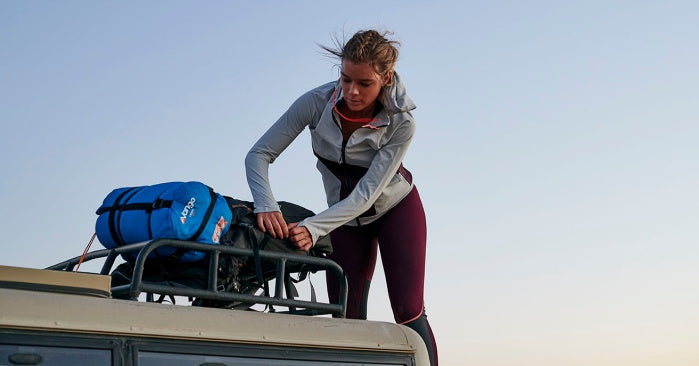


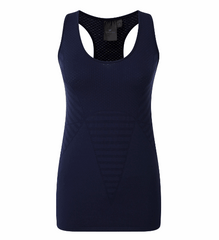
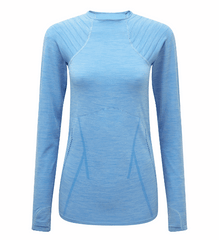
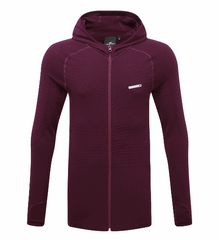

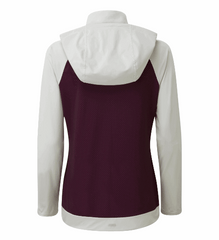



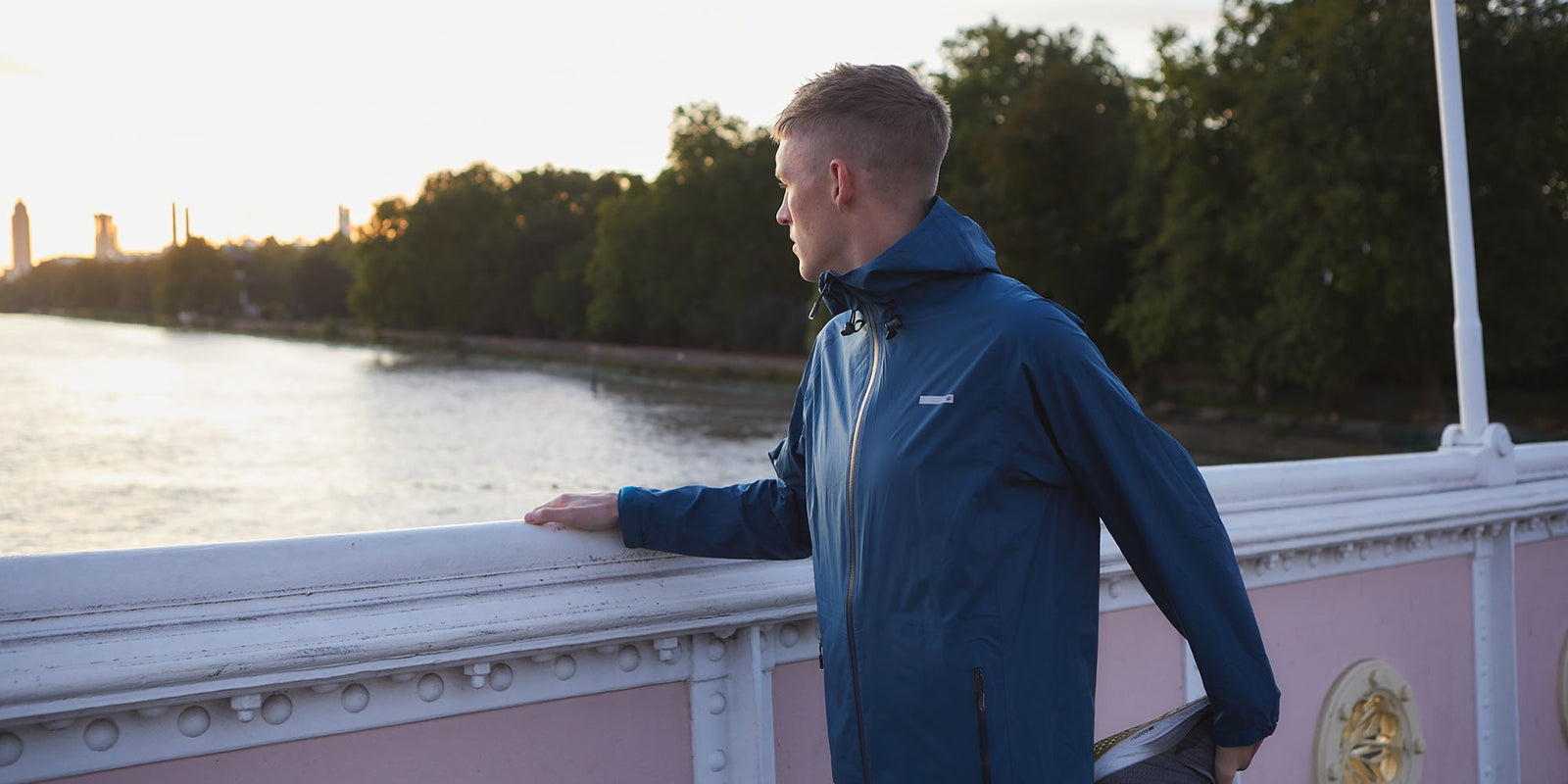
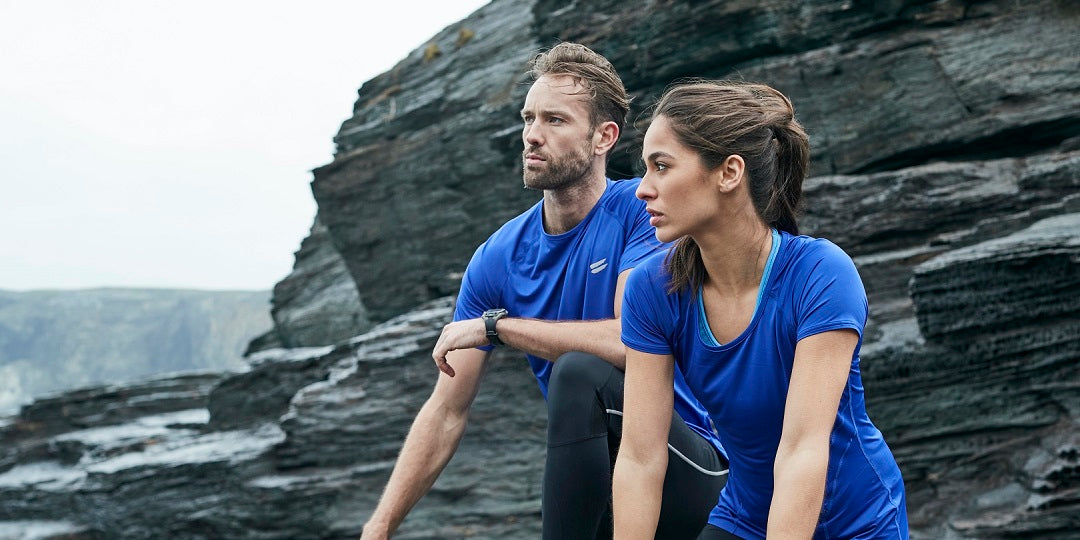
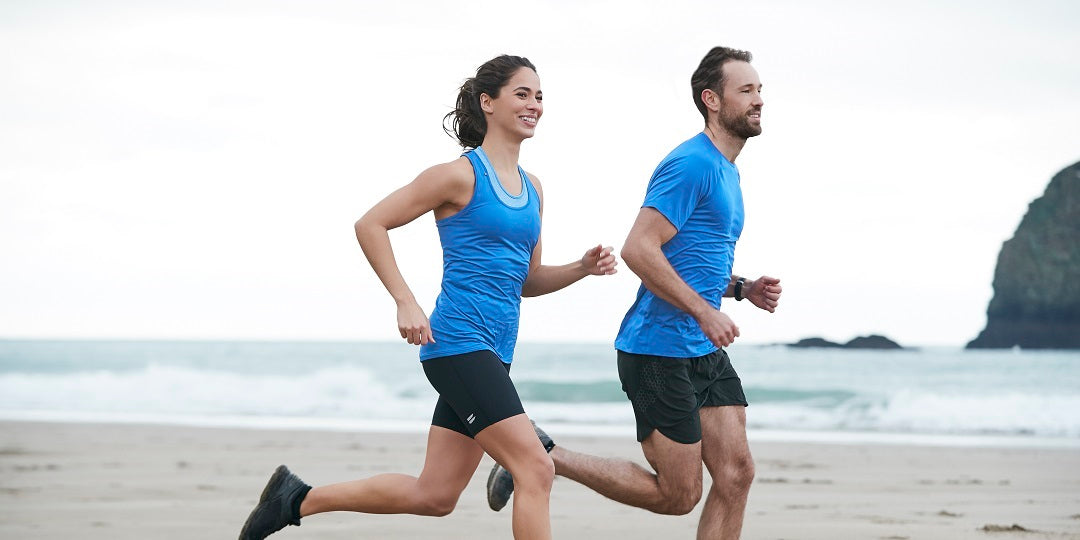
Leave a comment (all fields required)